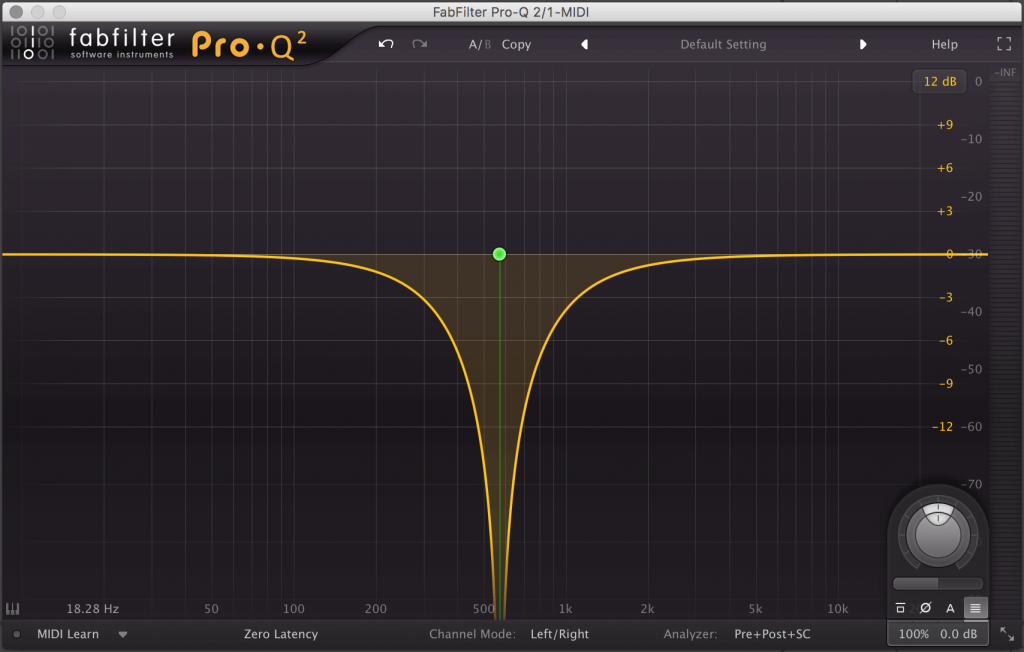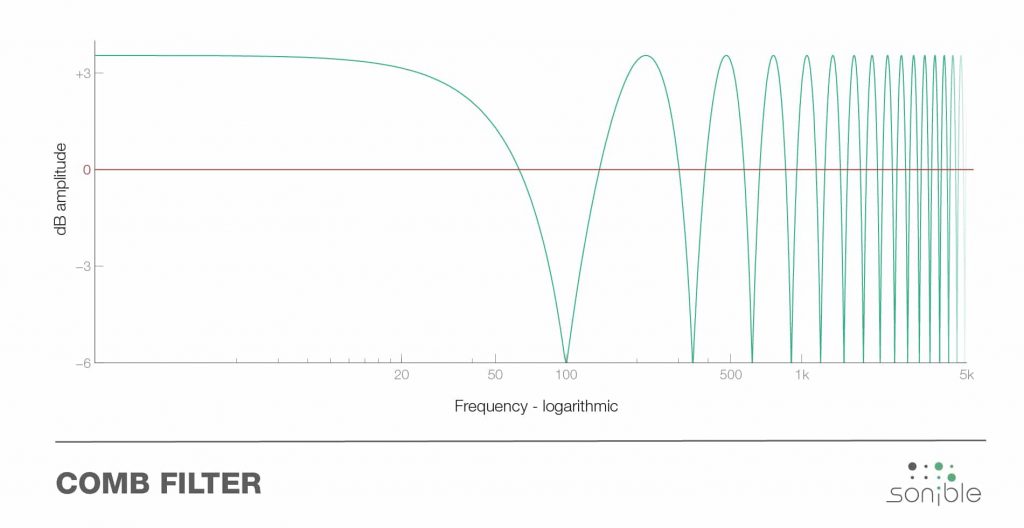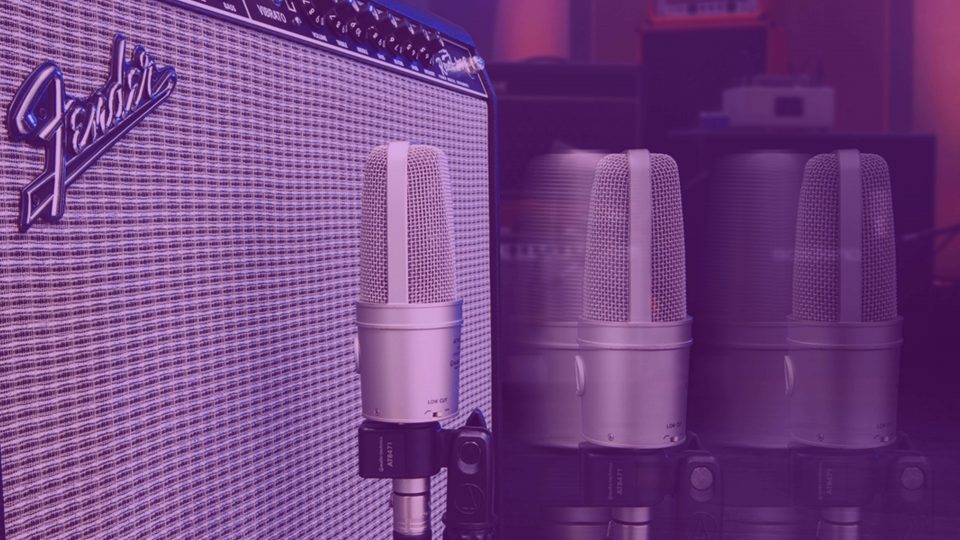Comb Filtering and Flangers
Loved by some and disliked by others, comb filtering is a phenomenon that sits in the same region of psychoacoustics as phase and chorus effects.
Comb Filtering Explained
Comb filtering occurs when the same sound arrives at your ears or a microphone at different times with a tiny bit of delay in between the arrival of the sounds.
The delay can vary, but not massively. The delay can be up to 15ms–20ms. When the delay breaches this duration our ears will perceive the second sound as a delayed signal. In this respect comb filtering and reverb aren’t so different.
We can create a comb filtering effect in an acoustic space or we can create it electronically. In an acoustic space, we can create the effect by reflecting the sound from a hard surface such as a wall or glass.
We can recreate the effect electronically by duplicating your sound and playing both copies at the same time in your DAW with a minimum of 5ms of delay between them.
As it’s the same sound arriving twice, three times, or multiple times, some frequencies in the sound wave cancel each other out while others emphasize one another. But just what frequencies are affected depends on the amount of delay there is. Why not experiment with the amount of delay between your two sounds? A shorter delay time means the comb filtering will only occur in higher frequency ranges.
We call it “comb filtering” because if you were to look at the frequency response of your DAW output when the two sounds are playing, you’ll notice that the dips and peaks resemble a comb – with loads of teeth!
With our 5ms delay example, at particular points the two sounds are in phase and the frequencies add up to double. This means the rise in volume by 6dB. At other points in the sounds, however, the sounds cancel themselves out because they’re 180 degrees out of phase in the frequency scale.
We call it “comb filtering” because if you were to look at the frequency response of your DAW output when the two sounds are playing, you’ll notice that the dips and peaks resemble a comb – with loads of teeth!

Sweetwater put together a jaw-dropping video that represents what filtering opportunities await you when experimenting with dual mic placement! It’s pretty enlightening stuff and it could make a huge impact on your listener.
What Does a Flanger Effect Do?
Flanging is the process of mixing two identical audio signals, where one signal has a slight delay to it that is continuously changing.
Just as we explained above, combining two identical signals with a slight delay between them creates an interference pattern where some frequencies boost one another and others cancel each other out.
This interference pattern leads to a series of notch filters.

Due to their shape, we call this series of notch filters a comb filter.

Comb filters can occur in both flanger & chorus effects. The difference between flanger & chorus effects in this regard is that flangers have shorter delay times.
A flanger effect creates notch filters at harmonically related intervals. This is because the notch filters are created by frequency relationships between the original duplicate signal.
Being a delay effect, the flanger also sends the output signal back to the input where the effect repeats the cycle.
If you’ve used a flanger before, you’re familiar with the searing harsh sound that it can create. The delay process creates this sound, as well as when the delay time between the original and copied signal is modulated by an LFO… which in turn modulates the movement of the notch filters.
It’s time to put your new knowledge into practice with some new sounds that’ll spice up your sample library.
The sampling revolution has risen in popularity and shaped music since the early 1970s. Sample culture continues to transform how millions of artists and producers do their thing in DAWs.
You too can break conventional norms, challenge the status quo, and open Pandora’s box of sound design.
Mixxed works with a growing number of sample labels and contributors to provide you with an affordable sample subscription service that’s more accessible than any before.
You’ll have access to our growing catalogue of loops, one-shots and sound effects that you can browse, download and keep forever for less than $3 a month.
Sign up today to find your sound!
